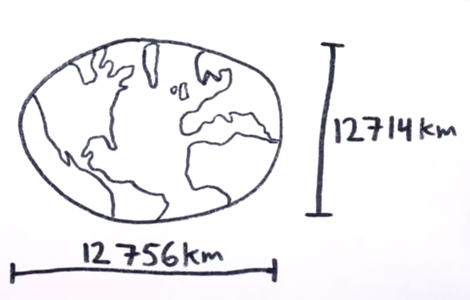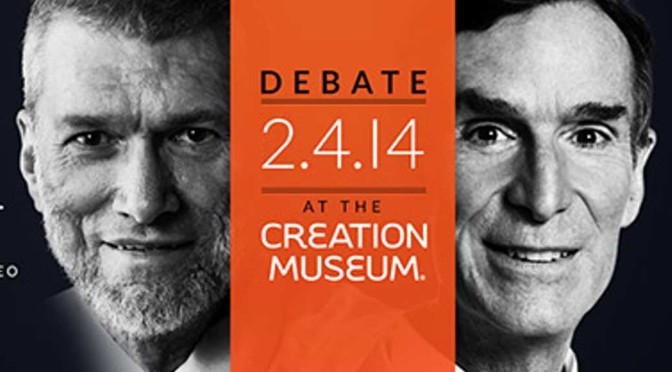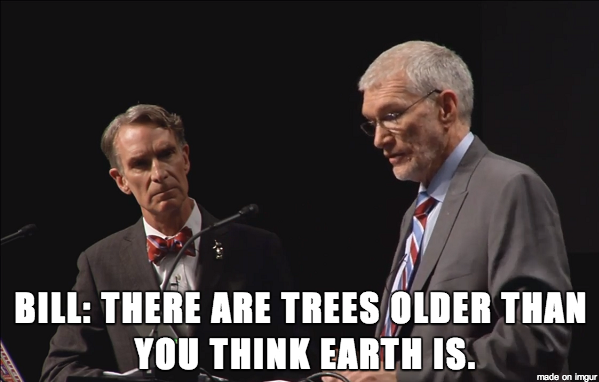By Anupum Pant
Background
Of course there are taller mountains than the Everest. Like if you consider the whole solar system, the tallest mountain is in Mars. It is about 2.5 times the height of Mt. Everest, and had it been on Earth, going to its peak would have required you to wear a space suit. It is about 21 km tall!
But here on earth, you’d think Mt. Everest is the tallest mountain. No, it is not. In fact, the peak of Mt. Everest is of course the Highest peak. So, it is the “Highest” mountain, not the “tallest”. The tallest one would be the Mauna Kea in Hawaii. Subtle differences, you see…
Tallest means – Measuring the mountain from its base to the peak. (Which seems pretty fair to me, but it isn’t the norm).
Highest means – Measuring the mountain from the sea level to the peak.
Measuring Heights
Mountain peaks are measured from the sea level. Suppose a mountain is in the sea, the part of it which lies below the sea isn’t added to it’s height. So a mountain lying in the sea says, “unfair!”
Measuring sea level in turn is another complex problem because the sea isn’t at the same level everywhere. In fact, the sea level is much higher at the base of a mountain because the mountain’s mass increases the gravity and pulls the sea water making it higher there. Even if there isn’t any sea around mount Everest, the calculated sea level (higher than normal) is used as the base of the mountain. From this raised sea level to the peak, Mt. Everest measures 8,848 m.
This is how sea level is calculated:
Therefore, Mt. Everest is 8,848 meters tall, because there is no part of it which is under the sea (because there is no sea there). Also, Mt. Everest is 8,848 meters high because its peak is 8,848 meters from the calculated sea level.
Mauna Kea
Mauna Kea, a dormant volcano in Hawaii, is not popularly known because it’s peak is just 4207 m above the sea level. So, it is 4,207 meters high. Mt. Everest is much higher!
But the important thing to note is that a huge part of the volcano is under the sea level. In other words, its base is on the ocean bed, not on land. So, if measured from the base, it is 10,100 meters tall! That is more than 1.2 kilometres taller than the mount Everest.
That means, if there were no sea, Mauna Kea would have been a clear winner. Think of it this way – Suppose you cut both the mountain at their bases and place them on a huge flat land, Kea would be 1.2 kilometers higher! Given it is not a constant, I wonder why “sea level” is used as a standard to measure heights of mountains.
Clearly, Kea should be known better. School text books should at least have a mention of it.
Another Twist
Now if you think that is all I have to say about the highest and tallest things, you are wrong. There are all sorts of complex measurements we can do. What if, you start measuring the height of a mountain from the centre of the earth?
I don’t think that would be fair given the odd shape of earth – It is about 42 km farther across the equator than it is at the poles. That is too much distance to ignore. Had earth been a perfect sphere, this measurement would have made sense.

Nevertheless, let’s imagine that we have started measuring the height of a mountain peak by measuring its distance from the centre of the earth. In that case, Mt. Chimborazo, an ice-capped inactive volcano and the highest mountain in Ecuador, would have been the highest one. Even with a peak which is at an elevation of 6,268 meters from the sea level, it is still the most distant place from the centre of the earth. The peak of it is 6,384 km from the centre, while that of Mt. Everest is 6,382 km from the centre of the earth. In some way, even Chimborazo is taller than Mt. Everest. Still, we’re never taught about it in schools!
If there are any science teachers reading this, please tell these things to the kids. I’ll be honoured!
Did you like this article?
Every day I send out a newsletter with an un-cut new article and exclusive content for readers. It’s basically my way of keeping in touch with you and letting you know what’s going on. Your information is protected and I never spam.
Subscribe from the sidebar to stay connected. Feel free to reply to these newsletters too…








